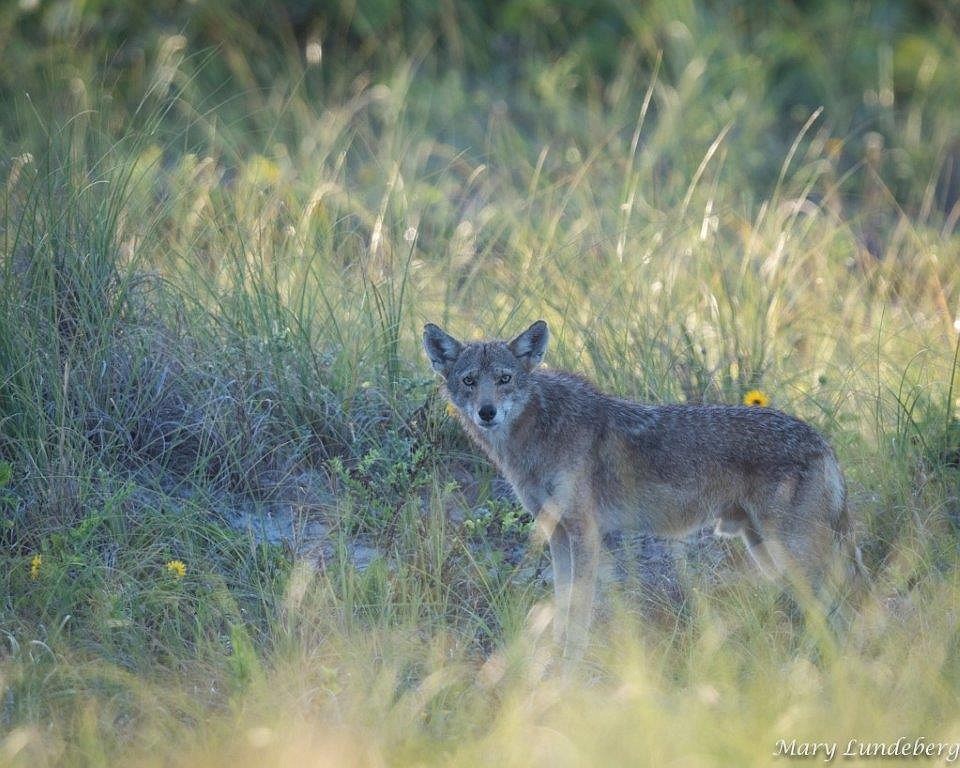- July 8, 2025
-
-
Loading

Loading

Who doesn’t like eggs for breakfast? Unfortunately, coyotes do. And turtle watchers on Longboat Key say the pesky canines are back, digging up nests for a special meal.
At least four sea turtle nests have been preyed upon by coyotes on town beaches this summer, said Stephannie Kettle, public relations manager for Mote Marine Laboratory and Aquarium, based on information from senior biologist Melissa Bernhard.
Longboat Key Turtle Watch President Cyndi Seamon explained that because their paws look significantly different in size and shape, it's pretty easy to tell the difference between a coyote and a raccoon.
All of those instances took place in mid- to late August on the north end of the island, according to Kettle, who said nesting is still underway.
Kettle said such closely grouped activity likely points to one coyote.
However, Police Chief Pete Cumming said the department has not received any reports of coyotes on the Key in the last couple months.
“We haven’t had anything since the invasion last year,” Cumming said.
When told Mote confirmed multiple coyote depredations of turtle nests, he said: “We usually get reports, and when we get reports, we get lots of ‘em. We haven’t gotten one.”
Cumming said the department investigates reports before turning their findings over to Mote or Florida's Wildlife Conservation Commission, which in 2018 estimated as many as four were wandering the beaches, neighborhoods and golf courses of Longboat Key, worrying residents, especially those with small pets.
Coyotes have been found in all of Florida’s counties, according to FWC. They moved east due to “natural range expansion” and are now a natural animal to find in the region.
Beginning with the first sightings in July of 2018, dozens of reports from one end of the island to other flowed to town officials. The town began keeping track of them and racked up at least 37, the last of which was logged on Nov. 12 following reports and citizen photos of a coyote walking through the streets of Country Club Shores and relaxing in yards.
Assistant to the Town Manager Susan Phillips has taken it upon herself to keep a log of coyote sightings. She said the town has asked police and citizens to report if they see a coyote, but she hasn’t heard anything on that front for months.
She added that coyotes will sometimes wait by turtle nests for raccoons to come by, so it’s possible that a coyote has indeed been in town but hasn’t been digging up nests.
In the past, residents have not been concerned for their own safety, since coyotes are not at all interested in humans. The FWC has held multiple presentations regarding issues with relocating coyotes from their natural habitats, how to react to them and how to prevent problems with them. The last of these was held in December 2018. The town even got in contact with mainland landowners to see if they could release the coyotes on the property after trapping them. Since coyotes are smart and difficult to trap, they would likely return to their original habitat.
Coyotes eat small animals and have been known to get into trash cans to craft their ideal meal. Residents have worried for the safety of their pets, with one unidentified resident even shopping around for a trapper to kill the island’s coyotes out of fear it would run up and grab their small dog off its leash.